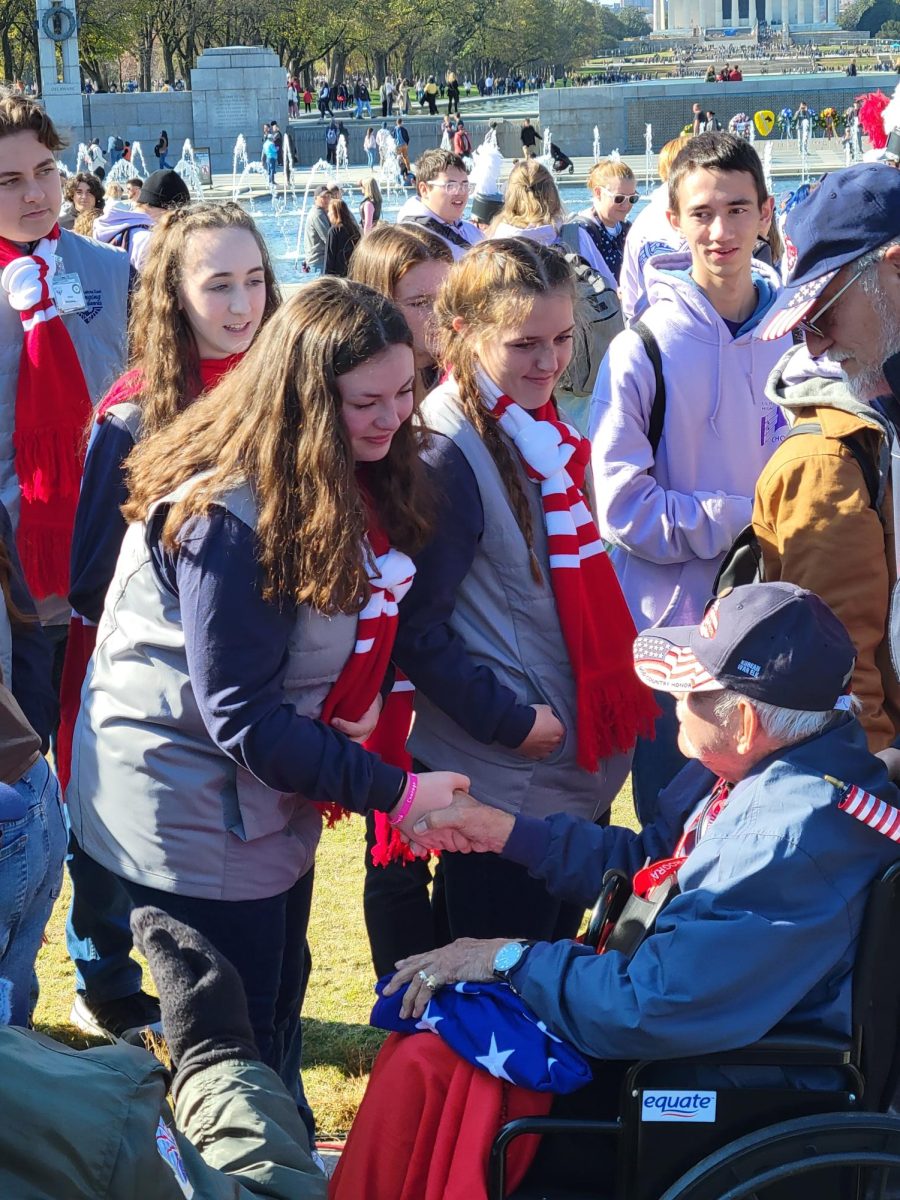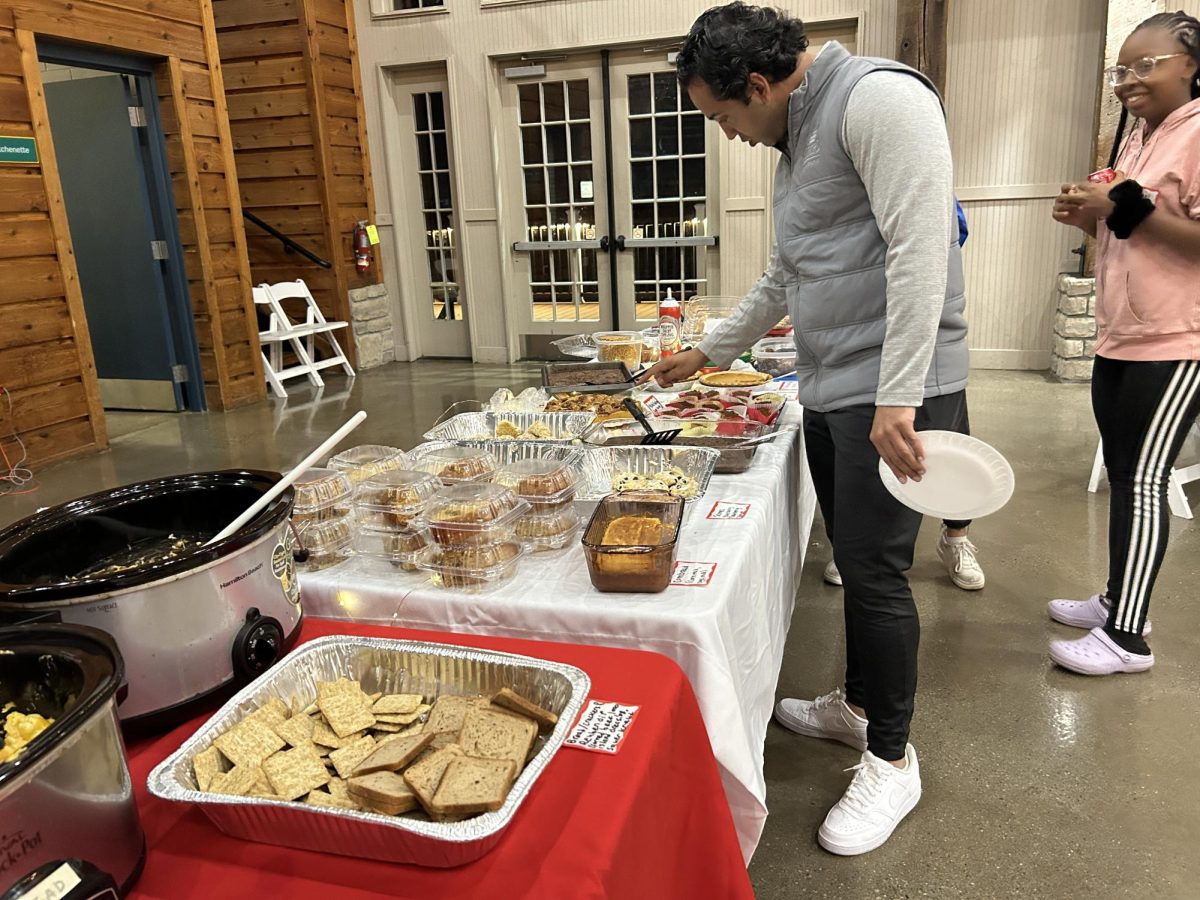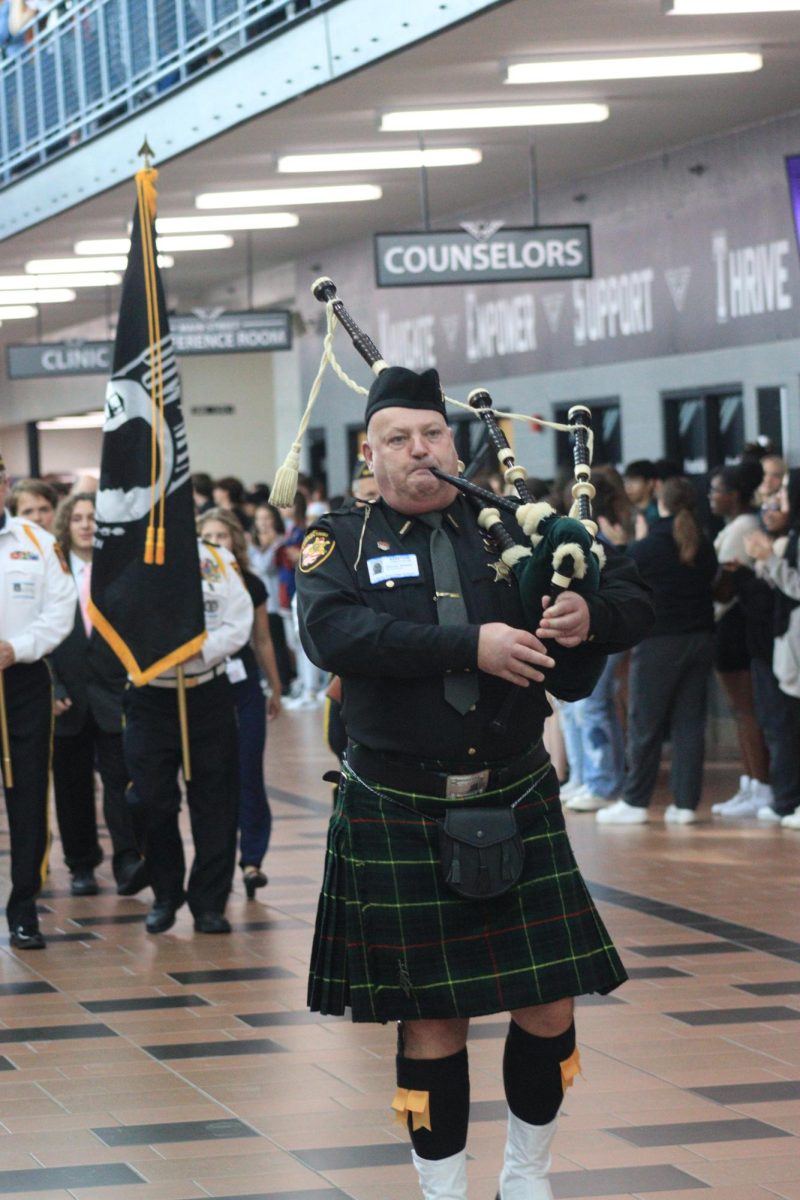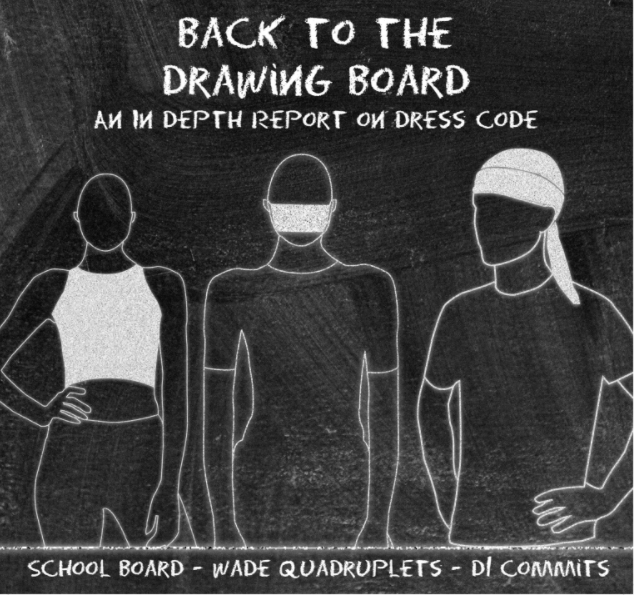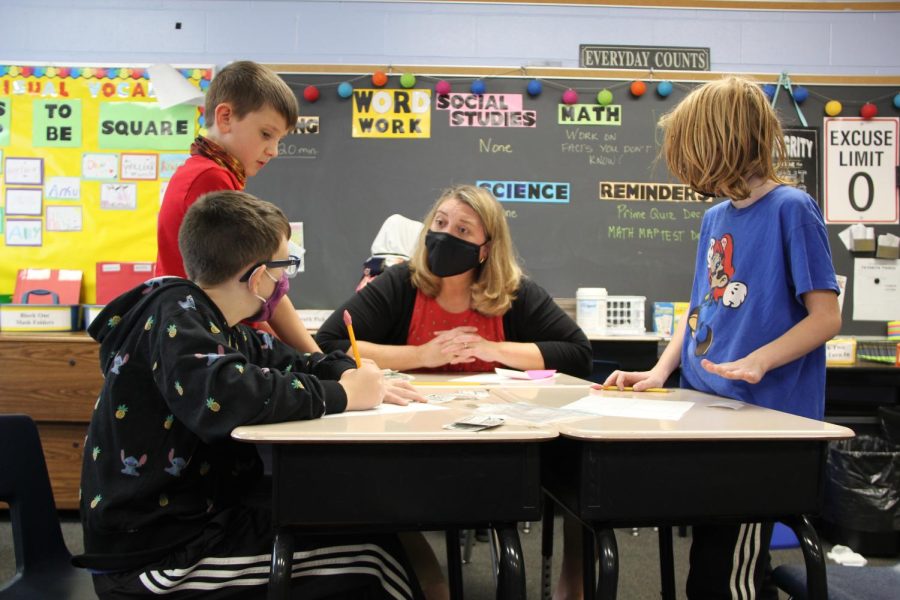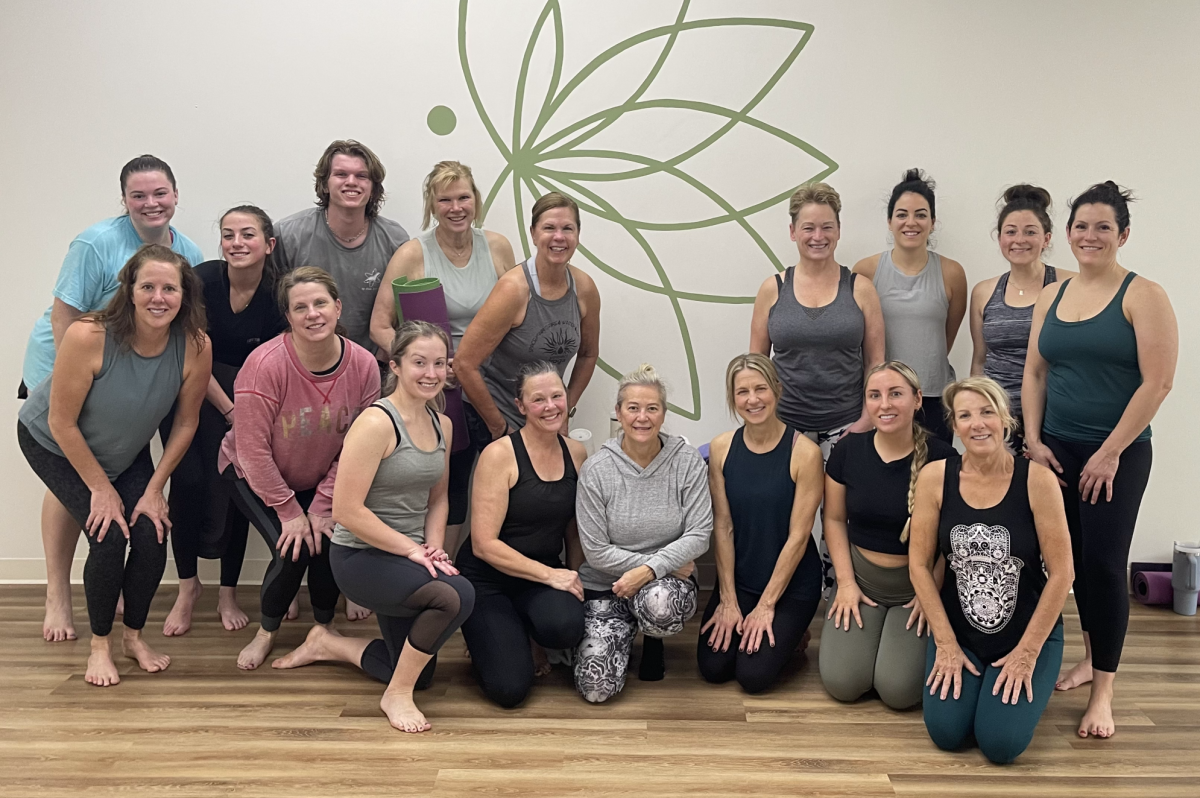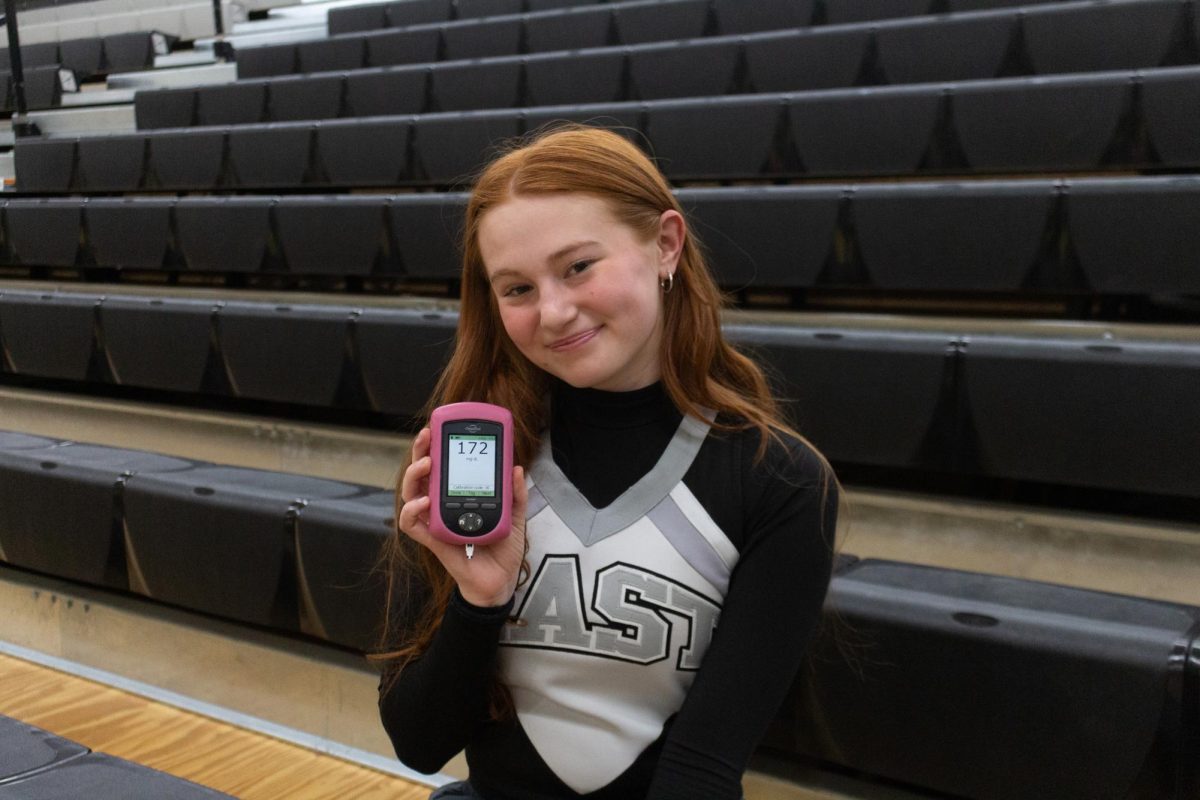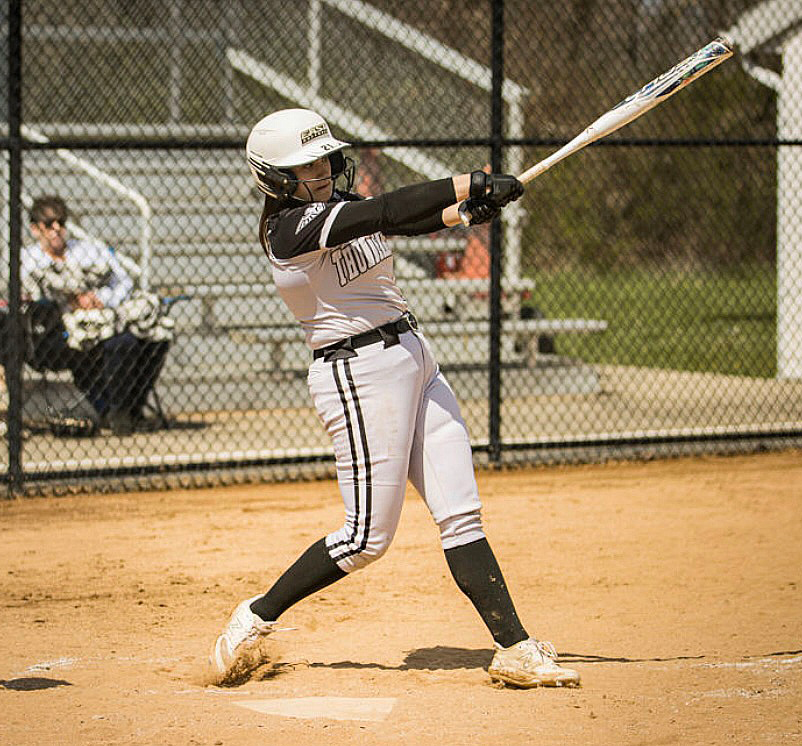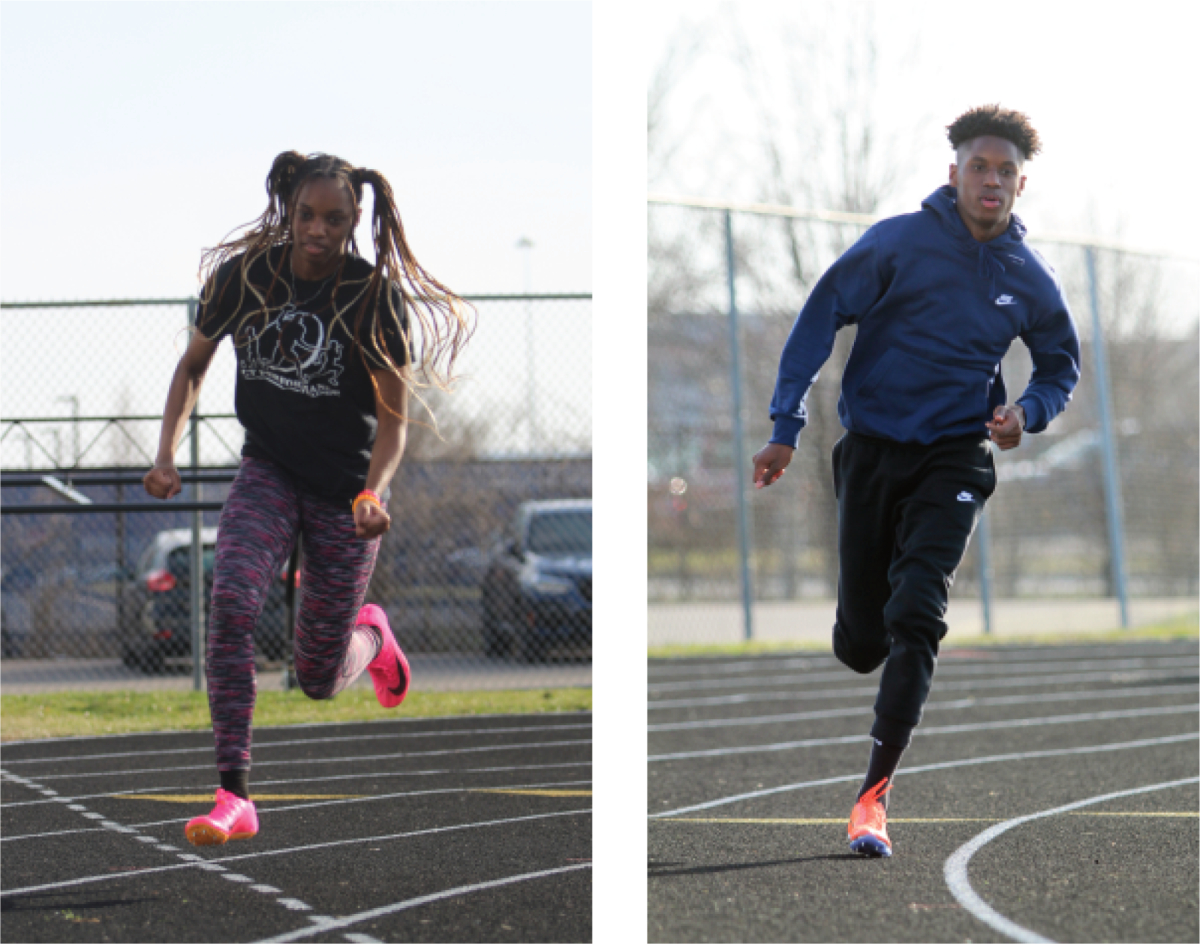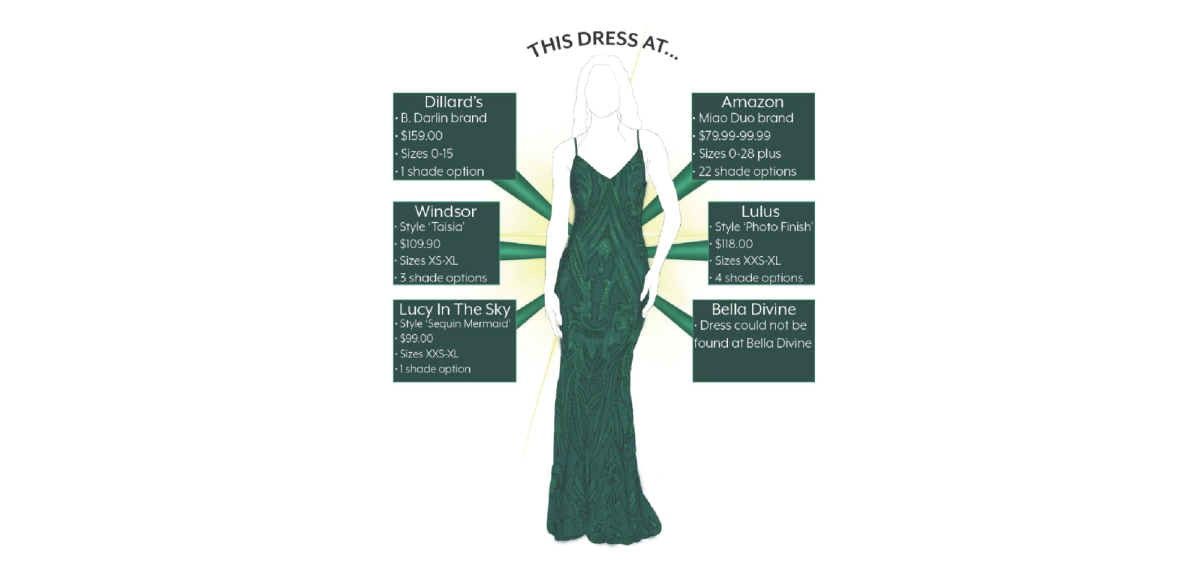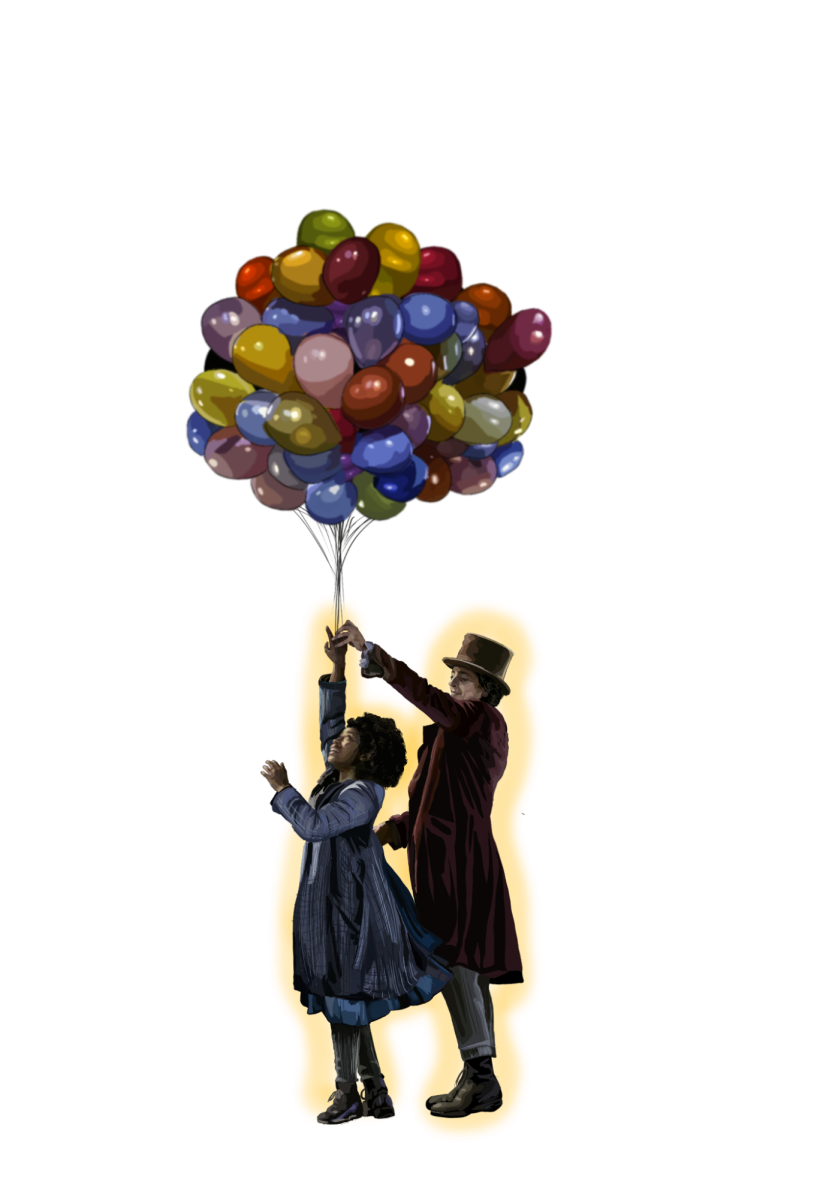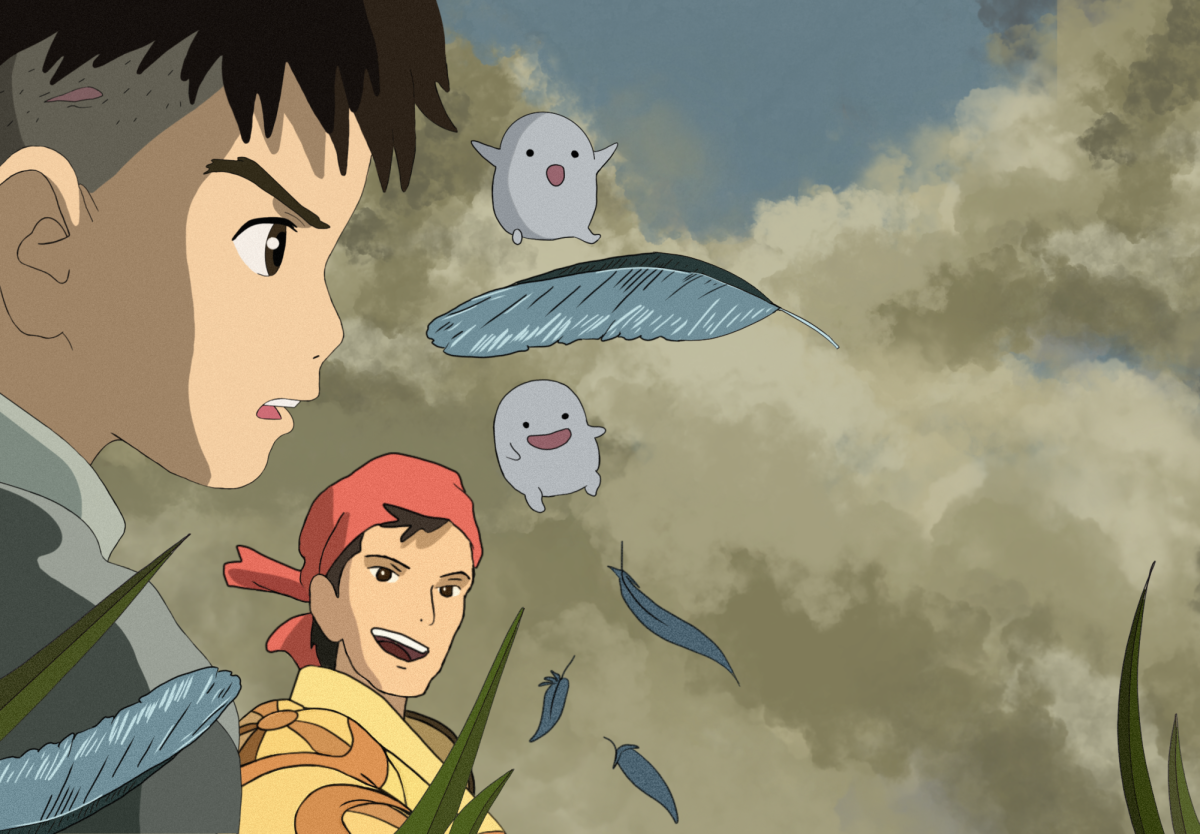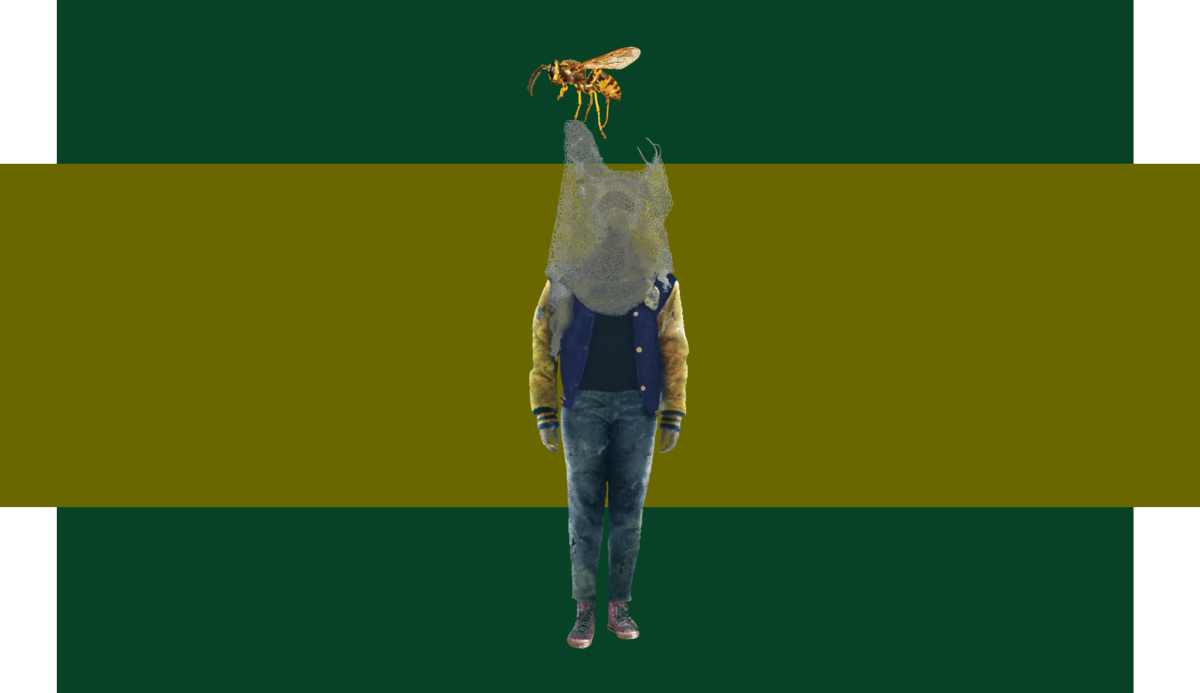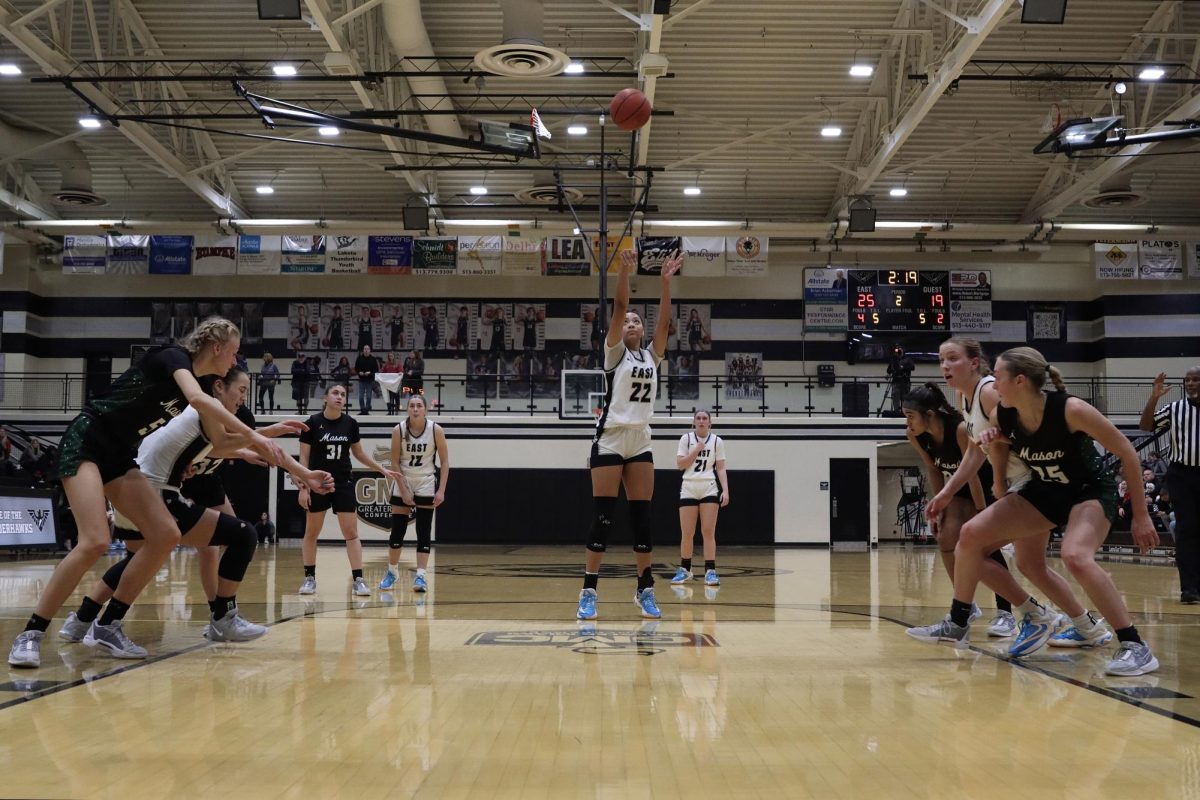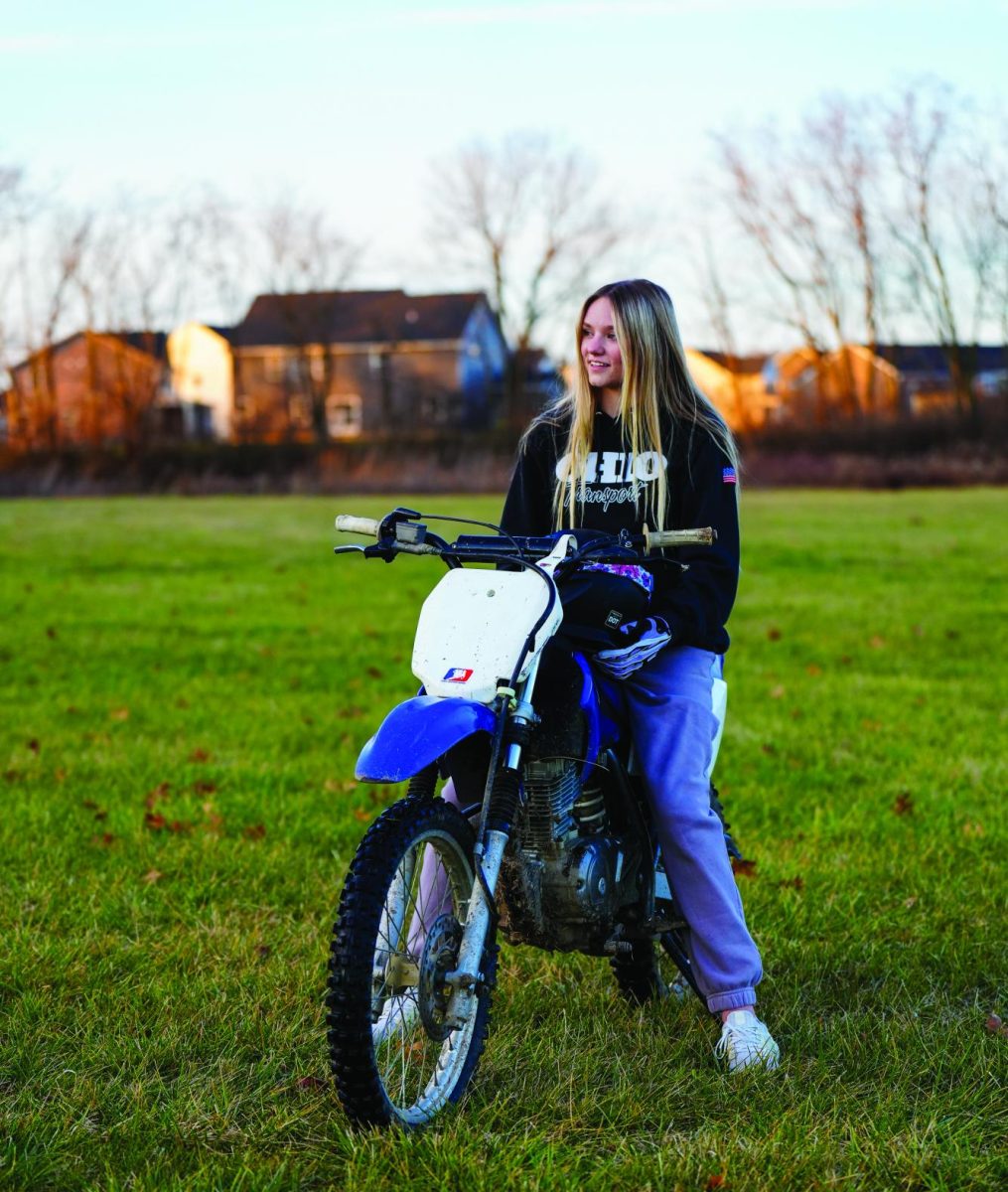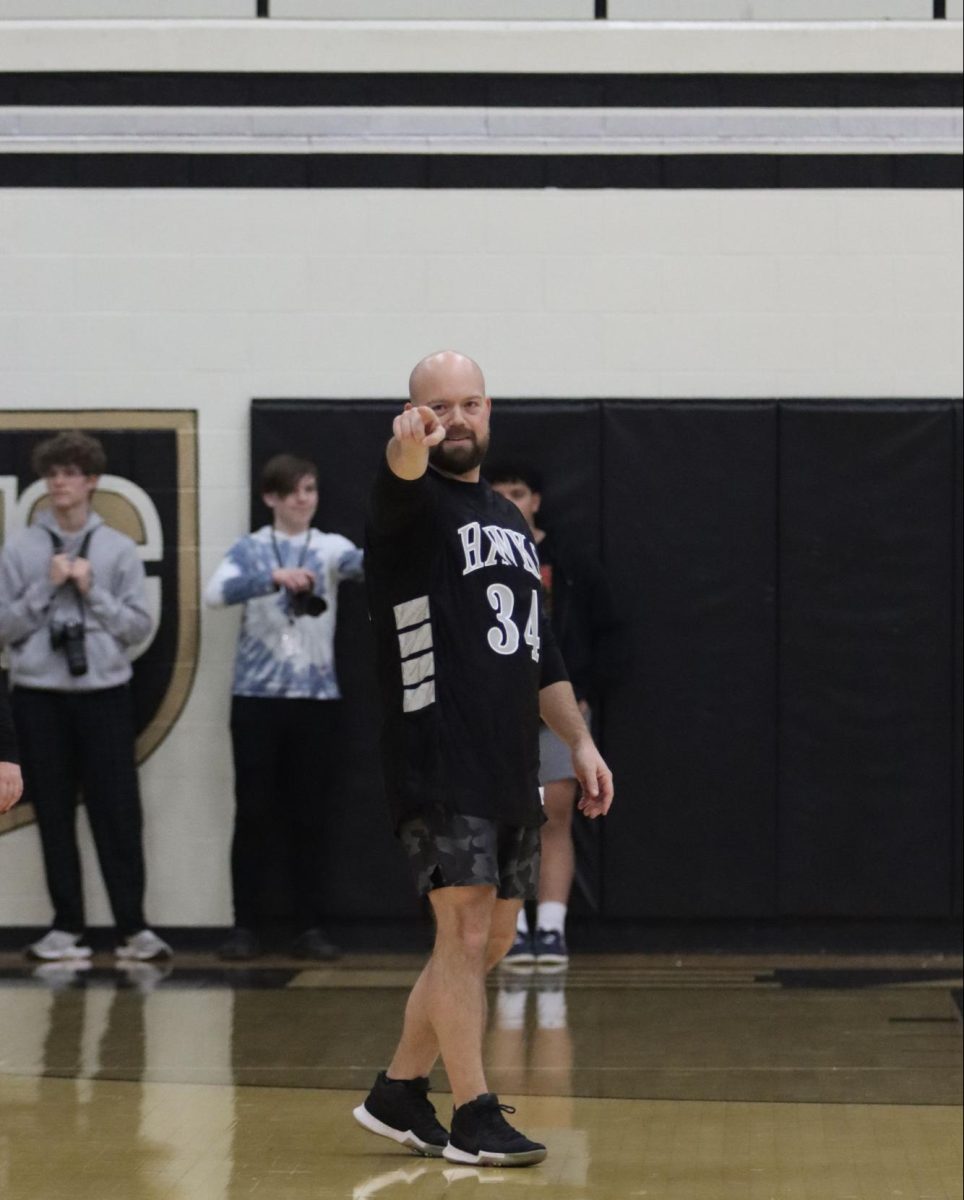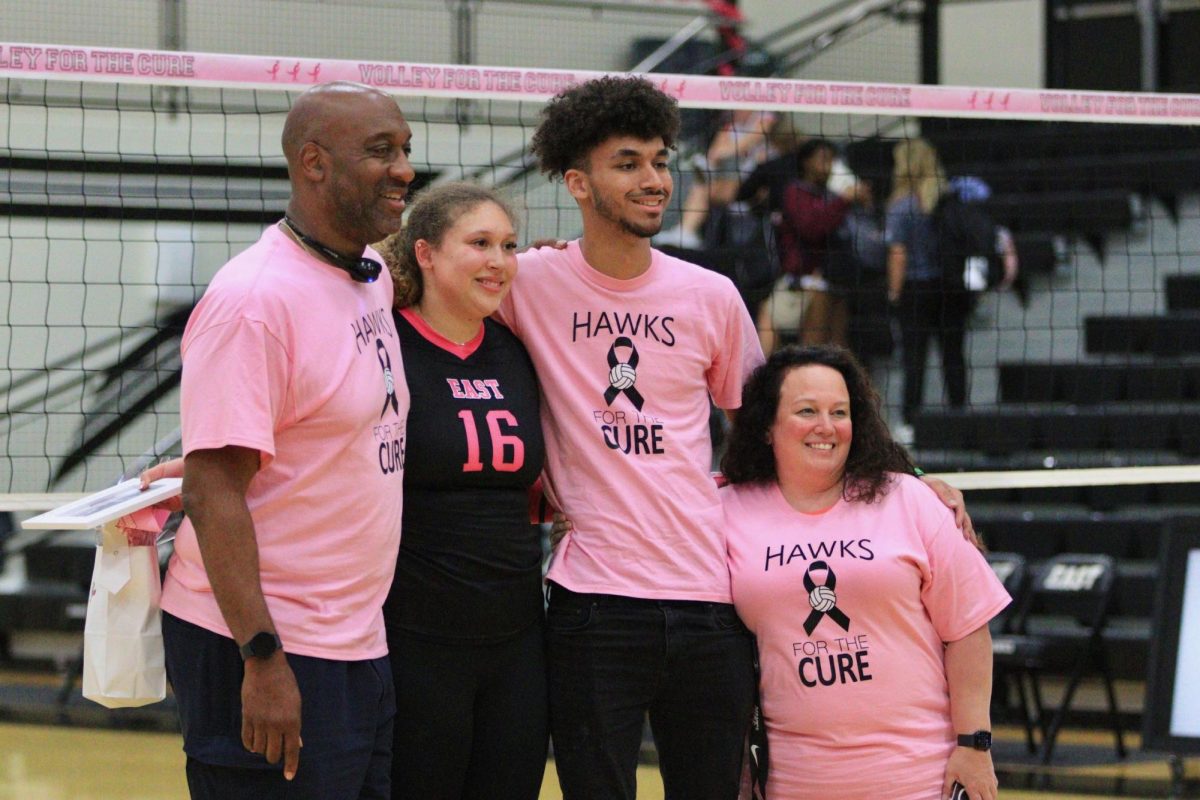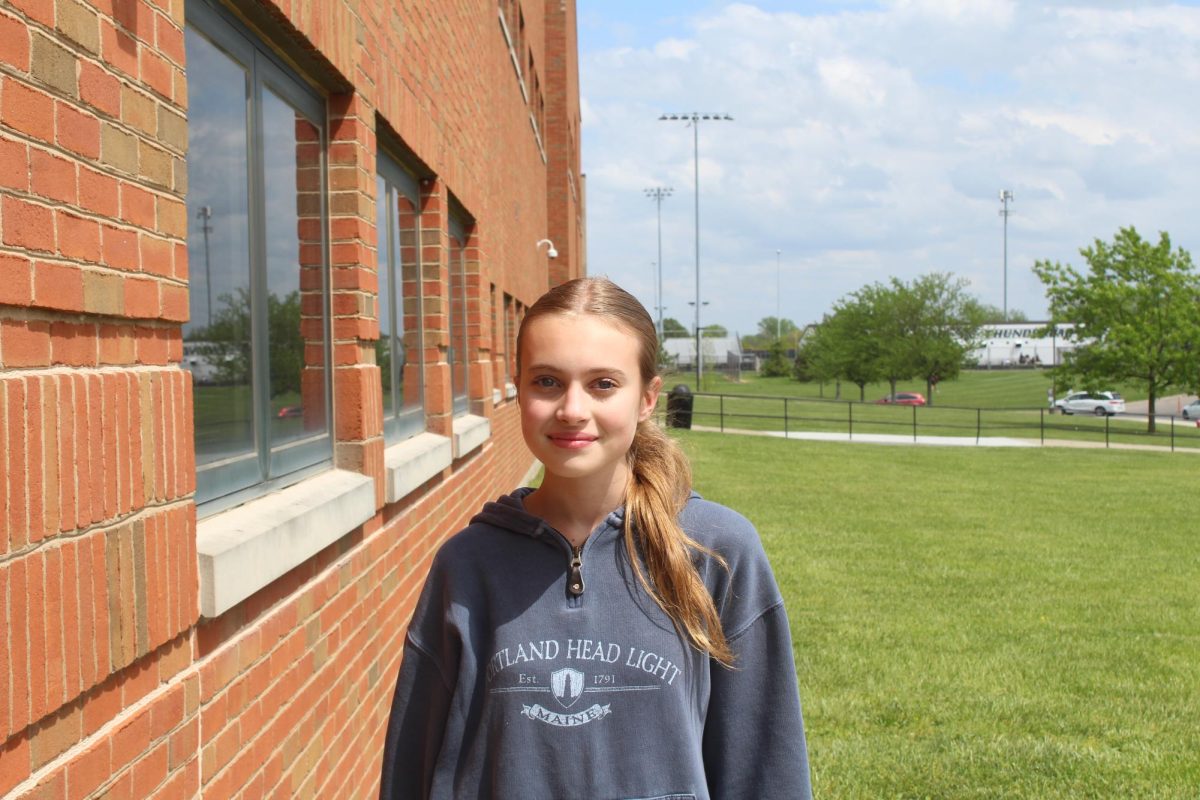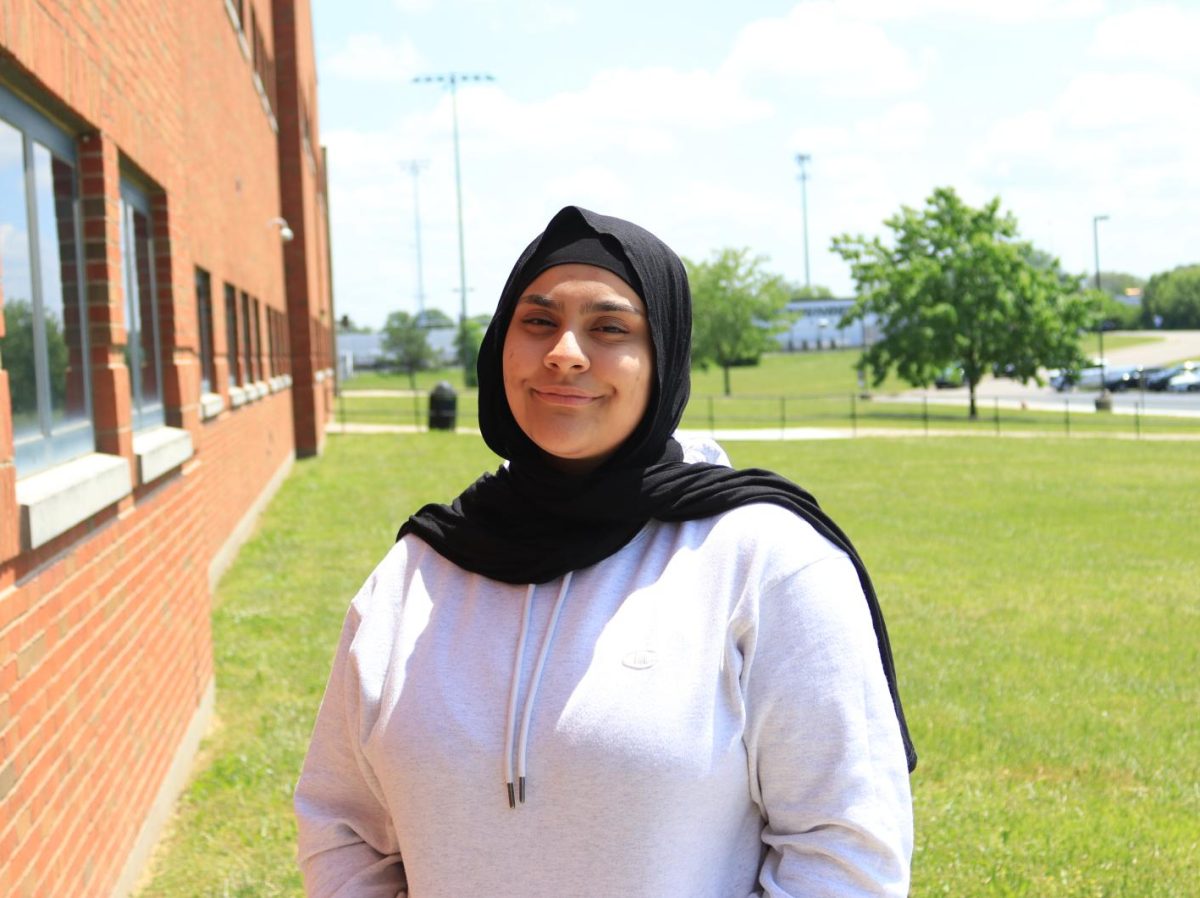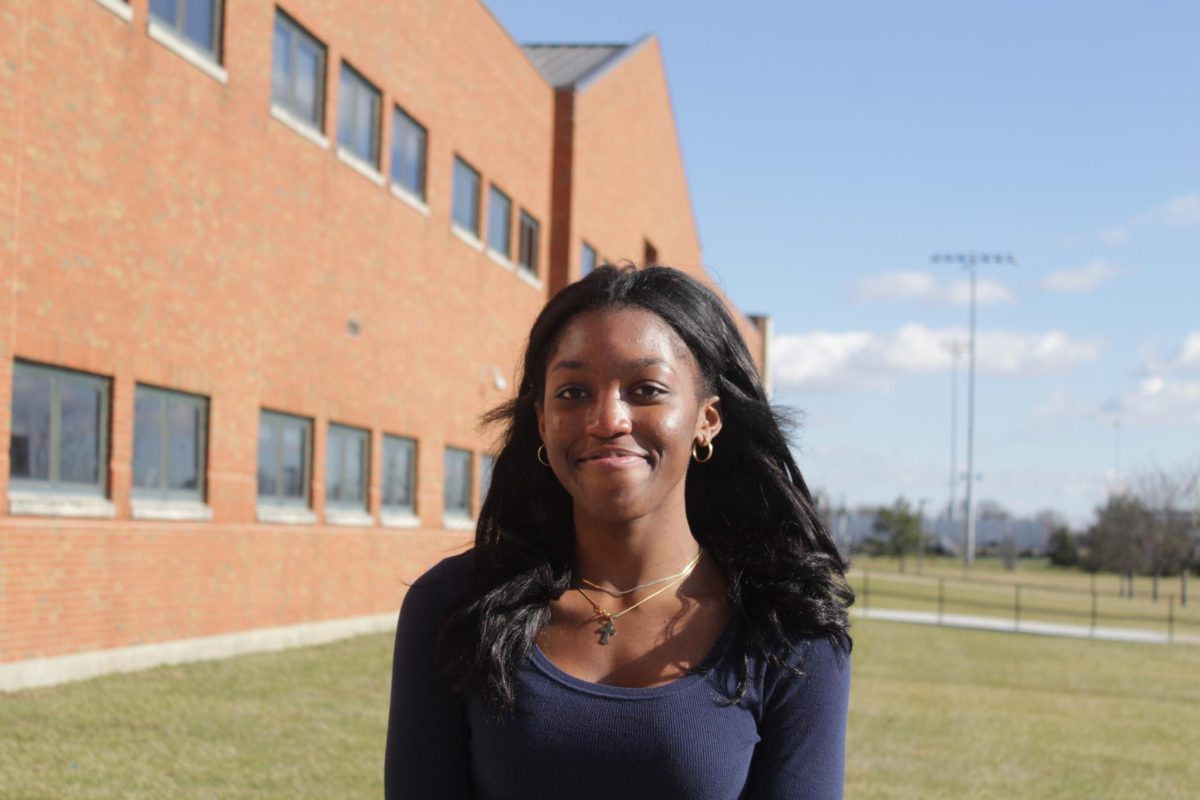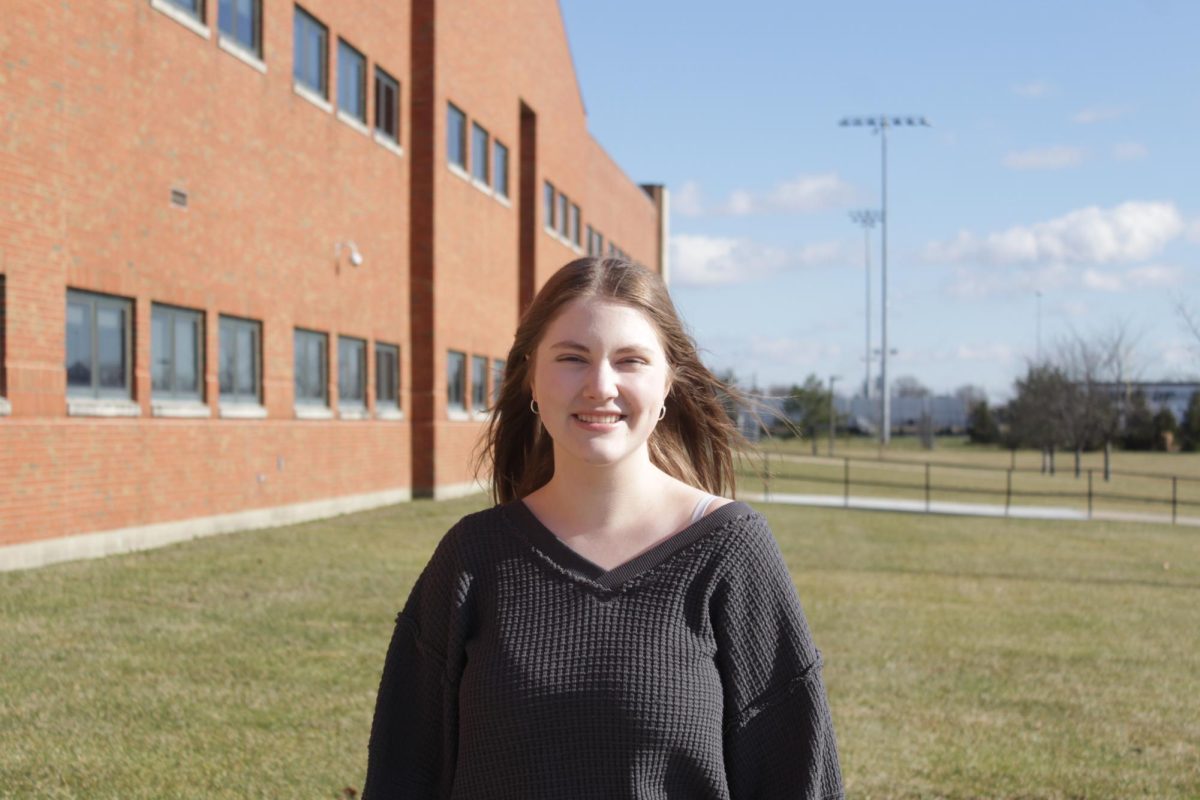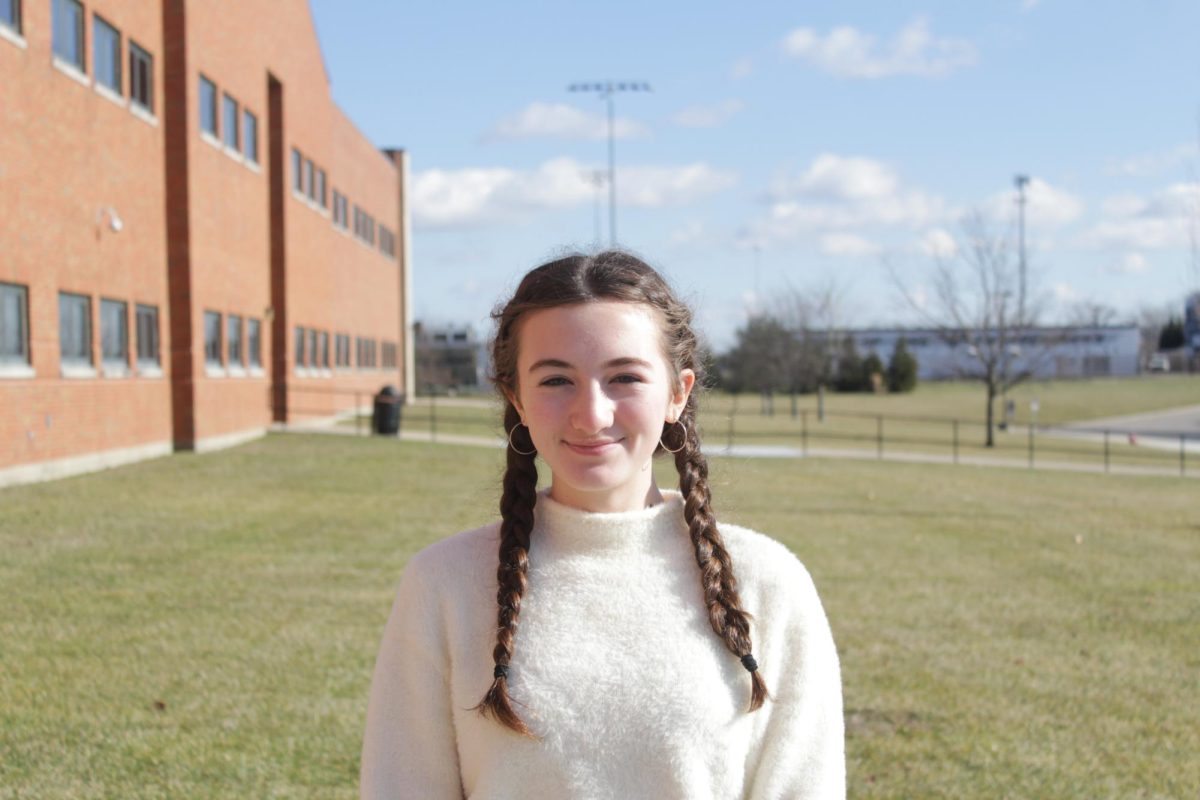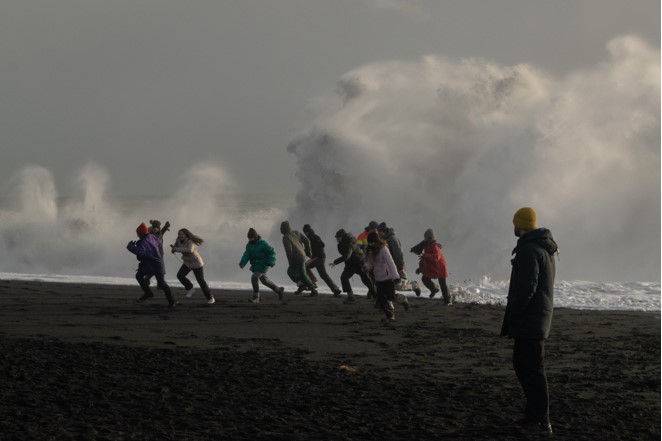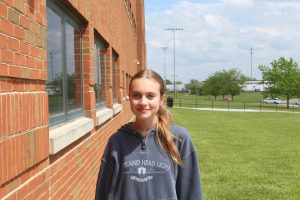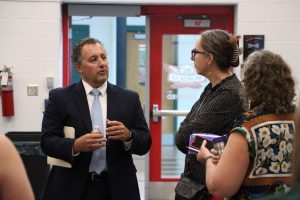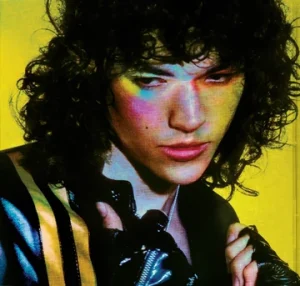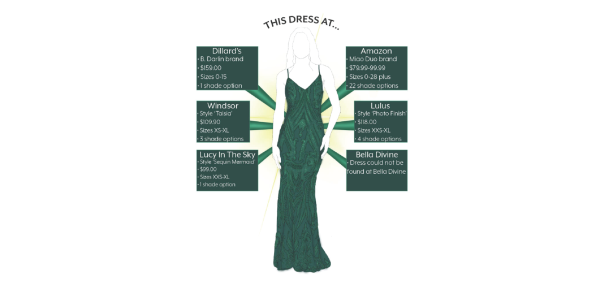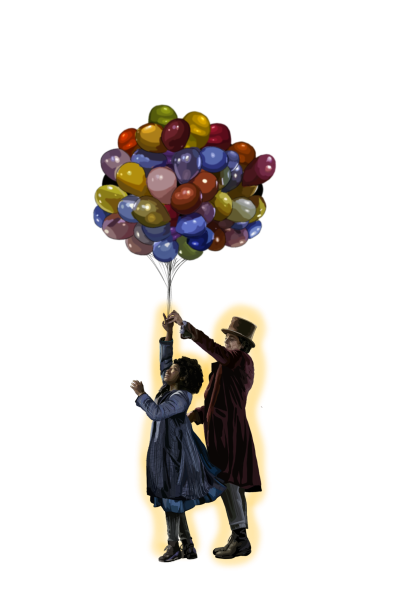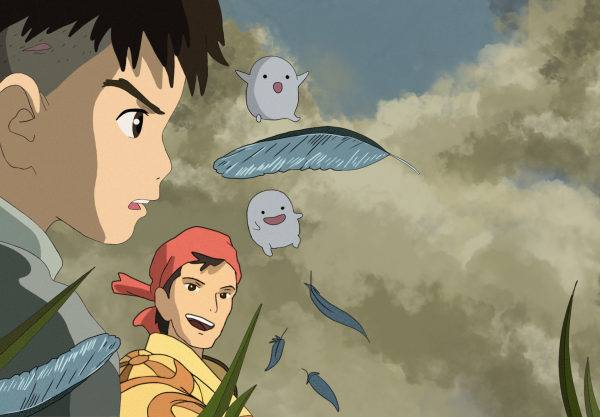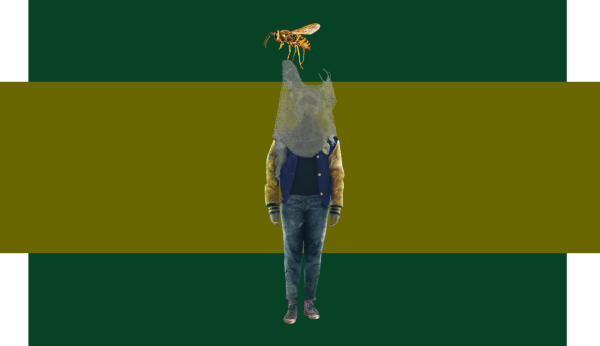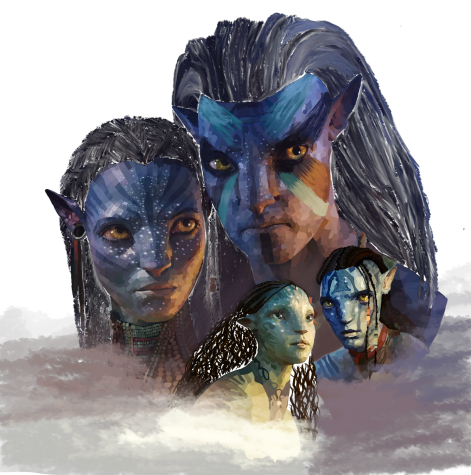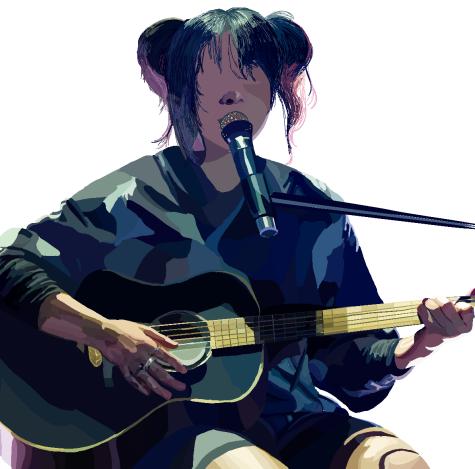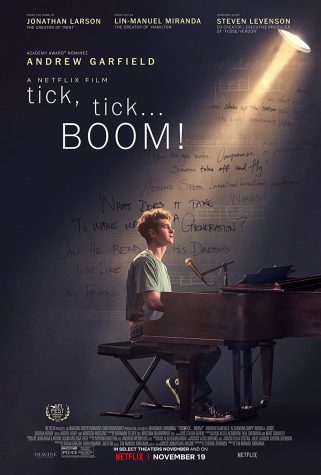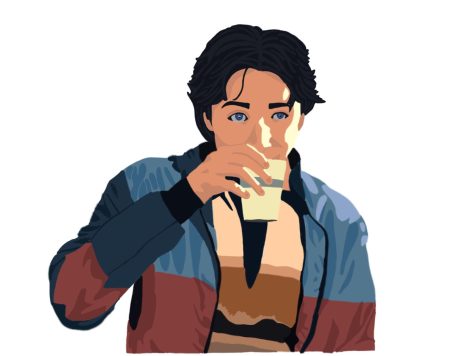East Senior Travels to Iceland
East senior JR Kelly traveled to Iceland in Feburary for a once-in-a-lifetime opportunity, capturing his experience through a series of photos.
One of the most popular tourist spots in Iceland are the black sand beaches near Vík. In particular, Reynisfjara beach has become exceedingly popular, to the point that some have speculated that it is the inspiration behind a location in Frozen 2. However, many Icelanders think this amount of attention is far from a good thing. What the people pictured above likely don’t know is that someone died from the very waves they are playing with as recently as November, and at least four people have died in the last decade at Reynisfjara. When the waves there are particularly volatile, sometimes a ‘sneaker wave’ will approach without warning, threating to drag the unaware out into the freezing Atlantic. Icelanders are tough people, used to extremely cold conditions, intense storms, and even volcanic eruptions. Icelanders understand how deadly nature can be. As a result, there is very little idiot-proofing in Iceland, which means tourists may underestimate the danger of beautiful locations such as Reynisfjara. Moral of the story? Don’t run with scissors. (JR Kelly)
March 7, 2022
INTERVIEW ISHA MALHI | PHOTOGRAPHY JR KELLY
East senior JR Kelly traveled to Iceland in Feburary for a once-in-a-lifetime opportunity, capturing his experience through a series of photos. In this transcript interview, Kelly shares his experience. His answers are bolded in this story.
Why did you travel to Iceland and have you been there before?
“When the restriction on travel was alleviated I wanted to have my first trip out of the US. Iceland was my top choice out of the countries which allowed traveling at the time. Iceland has always been an interesting country to me, you always hear about how beautiful the country is but it also had a sort of mythical status in my mind as a kid because of the crime statistics in Iceland – something like 1-2 murders a year in the whole country. As well, pictures of the tourist destination the Blue Lagoon made the place seem very nice.”
What was the most memorable part of your trip?
“About halfway through the trip we hiked on Vatnajökull, Europe’s third-largest glacier which takes up a massive space of the country. It was about a 3-mile round trip hike through bone-chilling cold, topped with heavy wind and snow which ruined the visibility until we got onto the glacier outlet, where the wind subsided and we got to see the valley below.”
Was there anything you experienced in the trip that you found was done differently in America? (i.e a cultural shock)
“Icelanders/Europeans love paprika, for snack flavors but also as a seasoning on stuff like fries and some meats. Almost all buildings in Iceland are made purely out of concrete to withstand the conditions there. Ironically what shocked me the most was how well everyone there spoke English. Just about everyone we met spoke perfect English and we barely heard any Icelandic while we were there.”
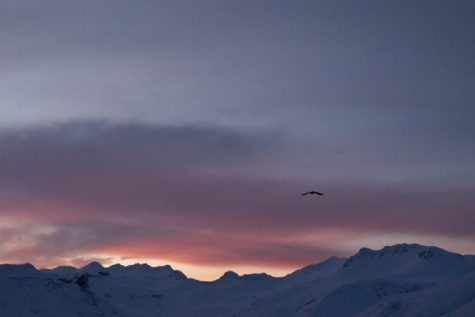
What were some ways your trip impacted you?
“It was a really amazing place to be and I am inspired by the history and the people of that island. I think it strengthened my desire to major in earth science. Geology and climate are two things we learned a lot about there – with there being almost 40 active volcanoes on the island and with climate change being a huge issue for the nation.”
Were there any negatives?
“The absolutely volatile weather. We did come very prepared with plenty of layers. At some points, it was bitterly cold. At one point, driving back to Reykjavik from the north, our tour van was almost blown clean off the road by winds rolling down coastal mountains that ruined visibility. We didn’t get to see the northern lights which was unfortunate.”
Would you ever consider traveling there again?
“For sure! I plan to go again in the summer when the island is lush green and home to 3 million puffins. I am even thinking about doing some of my degree at either the University of Iceland or the University of Reykjavik, as the courses are taught in English, and that could facilitate me getting dual citizenship in the EU and US.”




